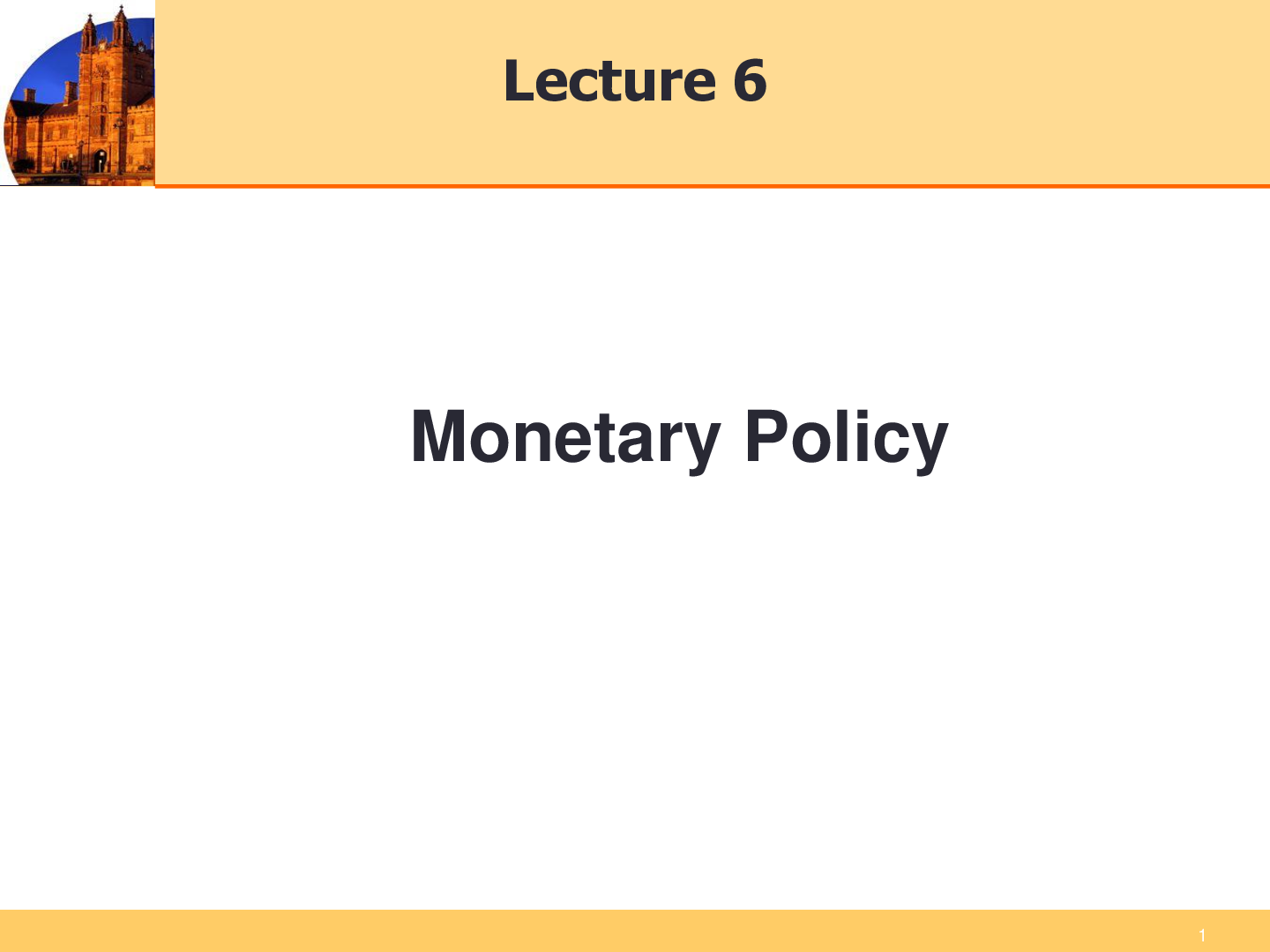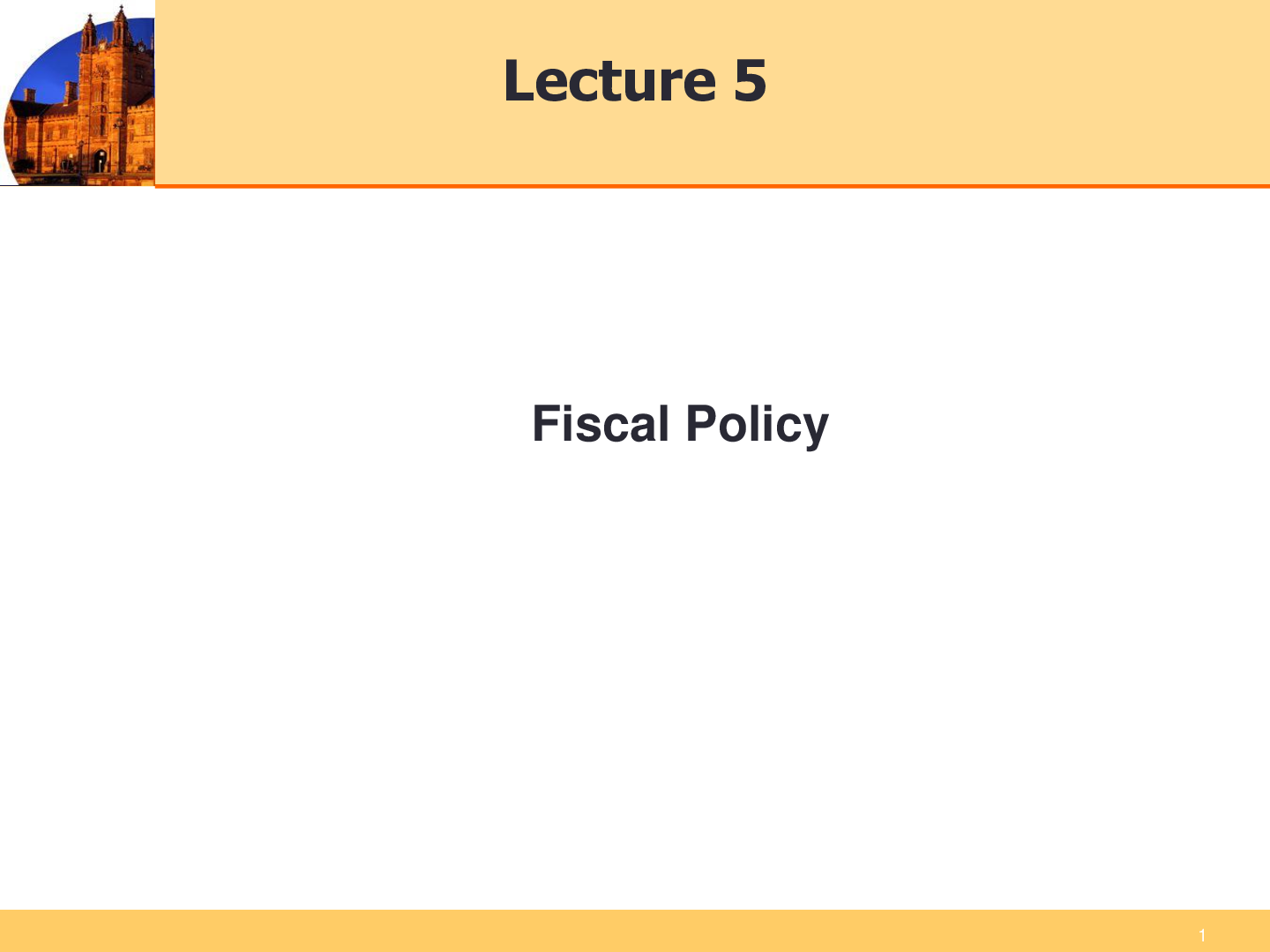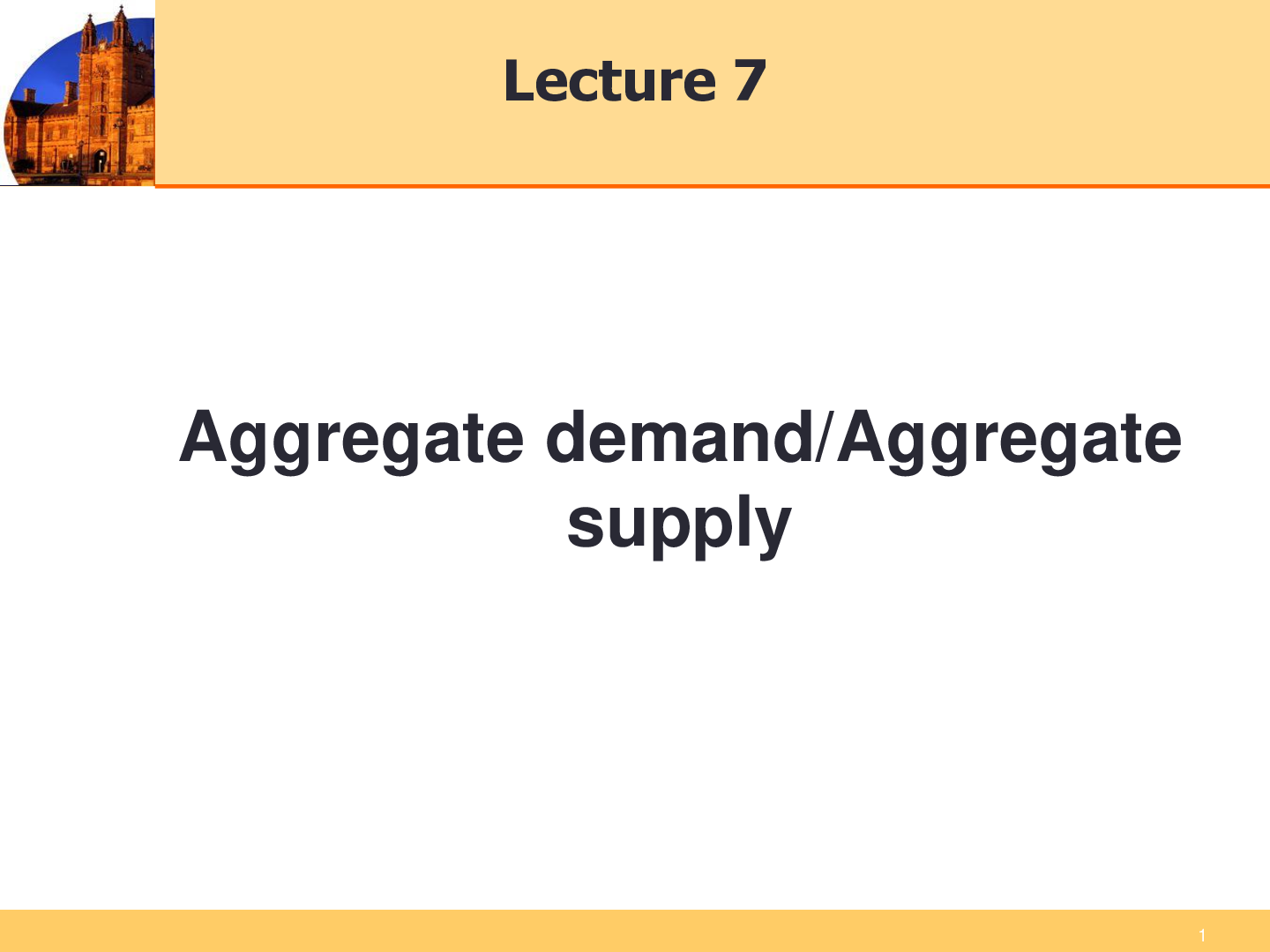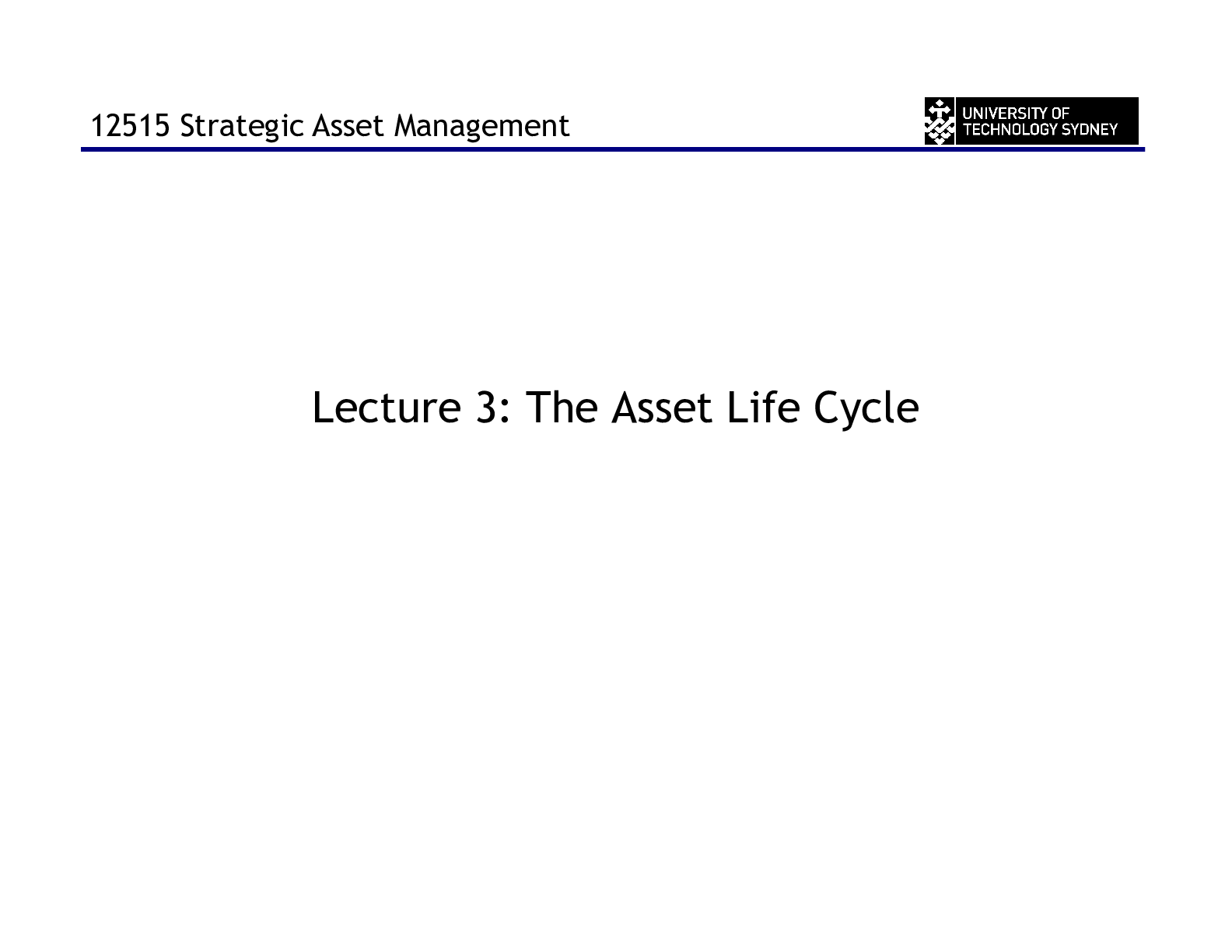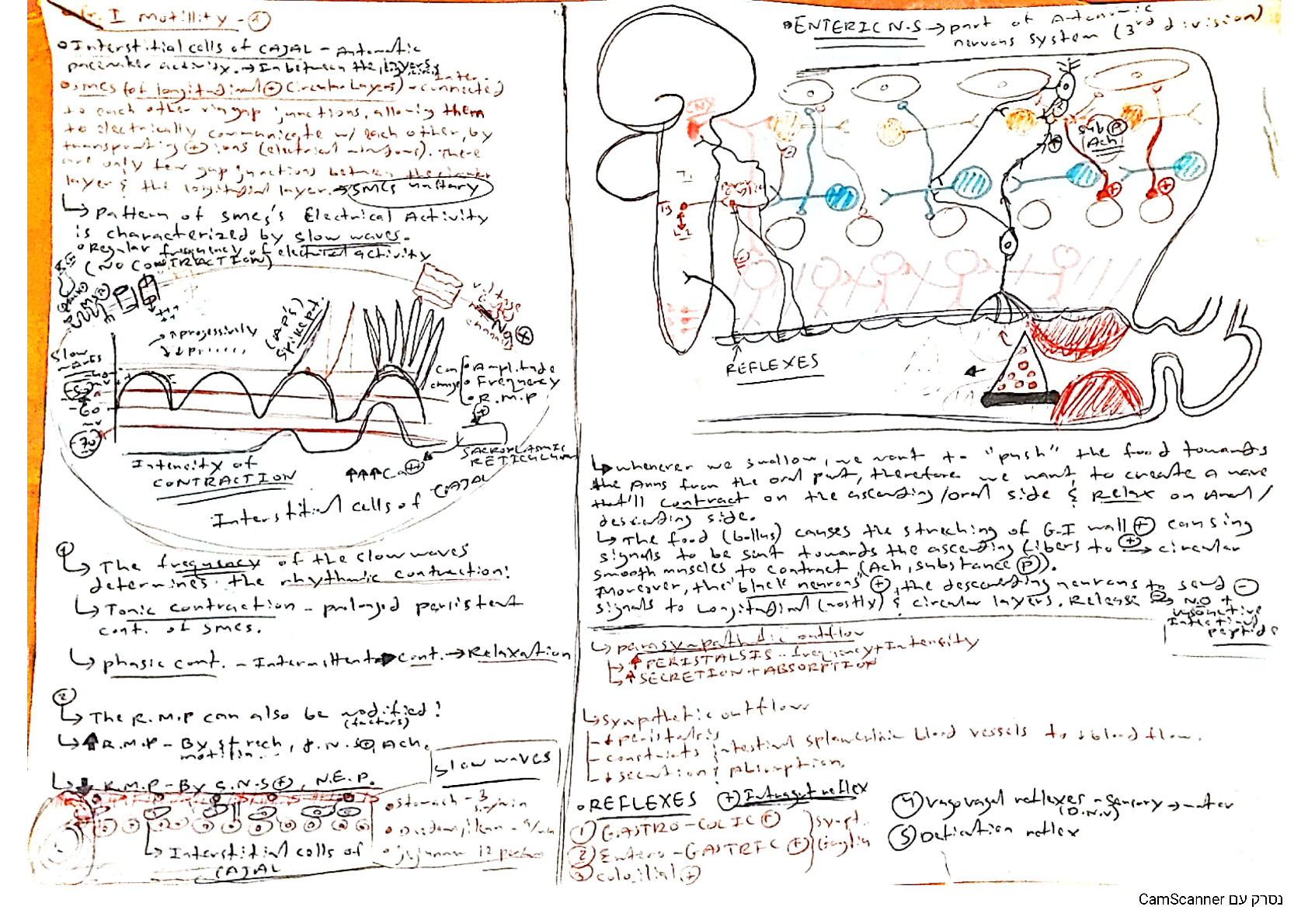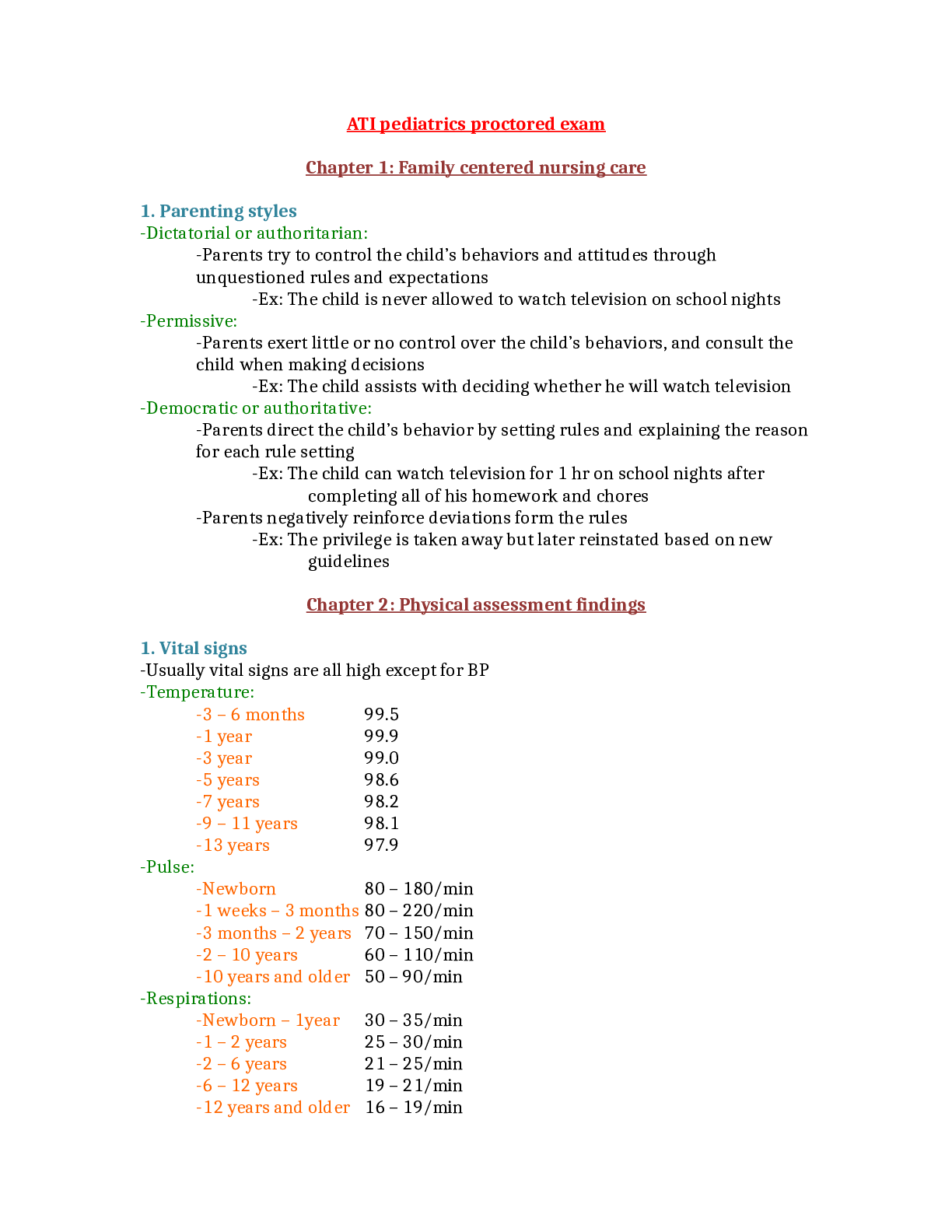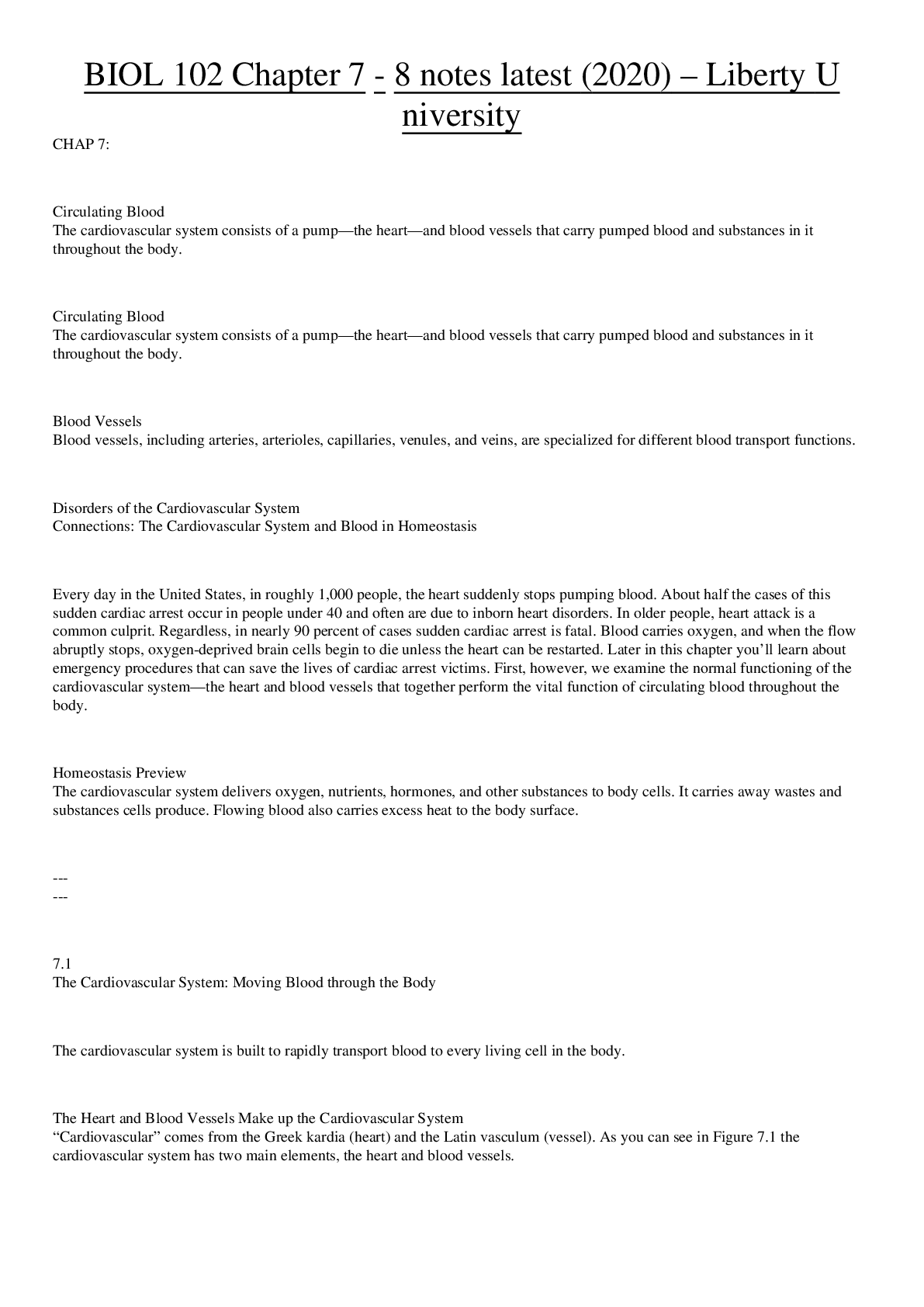Economics > LECTURE NOTES > Lecture 4: Macroeconomics in the short run: The basic Keynesian model of output determination: aggr (All)
Lecture 4: Macroeconomics in the short run: The basic Keynesian model of output determination: aggregate expenditure and output in the short run
Document Content and Description Below
The concept of aggregate expenditure The Keynesian view of consumption Planned aggregate expenditure and output using simple algebra Equilibrium in the Keynesian model of output deter... mination The output gap and the multiplier The goals of macroeconomic policy makers are (1) to increase the rate of long-term economic growth, and (2) stabilize the economy. Fluctuations in the level of consumption, investment, government spending and net exports will influence the level of aggregate expenditure. Fluctuations in planned aggregate expenditure can cause output to differ from potential output. Too much spending leads to expansionary output gap. Too little spending leads to a contractionary output gap. What ultimate impact will changes in aggregate expenditure have on GDP? Introduction of the Keynesian multiplier. GDP can be decomposed into expenditure components (consumption, investment, government spending and net exports); refer Week 1. The fluctuations in GDP can be understood by examining the fluctuations of each of the component of aggregate expenditure. It is possible to influence the level of output by influencing the level of any of its components The Keynesian model focusses on the short run Analysis of the economy in the short run (the period when prices do not adjust to changes in demand) Key assumptions: Firms do not respond to every changes in the demand for their products by changing their prices. Instead they set a price for some period and meet demand at that price. In the short run, if demand is low at the current price level, firms will produce less (not lower their prices). They will produce more if demand for their goods is higher than expected (not raise price) In the long run, classical economists argue that prices will adjust to the level of products demanded so that output will return to its potential level without intervention Firms produce goods and services (aggregate output or GDP) in response to planned aggregate expenditure on goods and services (PAE) and make payments, wages and profits, which become aggregate income (Y) Consumption: Spending by households on final goods and services 2. Investment Spending by firms on new capital goods. Spending on new houses and apartment buildings. Changes in inventories. 3. Government spending Spending by governments on goods and services (transfers payments are not included). 4. Net exports Exports minus imports Actual, planned investment and inventories Consumption is a function of income The mpc is the slope of the consumption function. The consumption function is upward sloping because consumption increases when disposable income increases Determinants of autonomous consumption The saving function Determinants of exports Exogenous determinants of imports Consumption, investment, government spending and net exports Equilibrium and full employment GDP Equilibrium and disequilibrium Circular flow of expenditure and income in a simplified economy Leakages and injections in a twosector economy Leakages and injections in a twosector economy The paradox of thrift Suppose a large group of people decides to save more. You might think that this would necessarily mean a rise in national savings. However, increased saving mean lower consumption which causes less production. As a result, incomes will fall, and so will savings, other things equal. This induced fall in savings can largely or completely offset the initial rise. In the next diagram equilibrium output falls. Which way it goes depends on what happens to investment, since savings are always equal to investment. If interest rates can fall, investment and hence savings may rise. But if interest rates can’t fall rates — say, because they’re already close to zero — investment is likely to fall, not rise, because of lower capacity utilization (lower consumption). And this means that GDP and hence incomes fall so much that when people try to save more, the nation actually ends up saving less What ultimate impact will changes in aggregate expenditure have on GDP? Introduction of the Keynesian multiplier The simple Keynesian multiplier Definition: the ratio of a change in GDP (Y) demanded to the initial change in expenditure The change in the quantity of aggregate output demanded depends on how much the aggregate expenditure line shifts upwards or downwards, not on which expenditure components increases or decreases: ΔY = x*Δ(?+Ip+G+NX) Assume the mpc is 0.8 and that Y is currently $500bn. The government wants to increase Y to $600bn. By how much does it have to increase G to achieve its goal? The extended Keynesian multiplier [Show More]
Last updated: 1 year ago
Preview 1 out of 79 pages

Reviews( 0 )
Document information
Connected school, study & course
About the document
Uploaded On
Nov 28, 2019
Number of pages
79
Written in
Additional information
This document has been written for:
Uploaded
Nov 28, 2019
Downloads
0
Views
93

.png)


